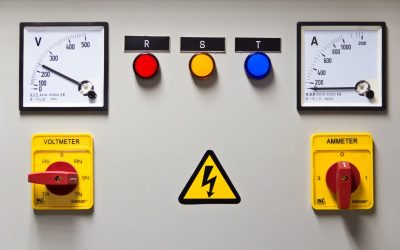RFI or radio frequency interference is also called electromagnetic interference or EMI depending on where on the spectrum it falls. It is a noise, alteration or disturbance from an internal or external source that disrupts a circuit or a signal. In some cases, RFI may just cause poor performance, such as the sound of static on an audio device, but it can also cause a circuit to fail completely.
There are many different ways to localize and test for RFI or noise within a system, but using the right RFI testing equipment and a structured logical approach to tracing back the source of the noise is always the most effective.
Troubleshooting Basics
While not always the case, the lower the cost of the switch-mode power supply in a system the greater the risk of RFI issues. It is always a good idea to start testing the most obvious potentially “noisy” components first. Then, with the testing, move to the smaller and less likely issues in the system until you are able to isolate the problem or concern.
It will be critical to be able to use the RFI testing equipment that allows testing within specific requirements. This includes specialized testing for military equipment, the automotive industry and for other types of electronic components. Be sure to use the right testing equipment for the given component.
Use the Equipment Correctly
The process of RFI testing can be complicated if the user is not familiar with the specific model and type of testing device in use. Always take the time to become familiar with new testing equipment and ensure all ground leads and power leads for the testing device are correctly connected before starting the testing process.
As accuracy in testing is also critical, choosing the right settings and standards for the testing equipment will also be an essential factor in the effectiveness of the process.
Know Standards
Knowing the specific standards for RFI management on a particular device in an industry is also critical to making the most of the process. Each particular tester model will have specifications as to testing to specific standards as well as the specific waveforms for the system.
Testing equipment will also have specifications on other parameters including the spike frequency, burst tests, micropulse test, plus duration and repetition rate. Once the applicable standard is selected for the test, the other specifications will calibrate to that standard.



